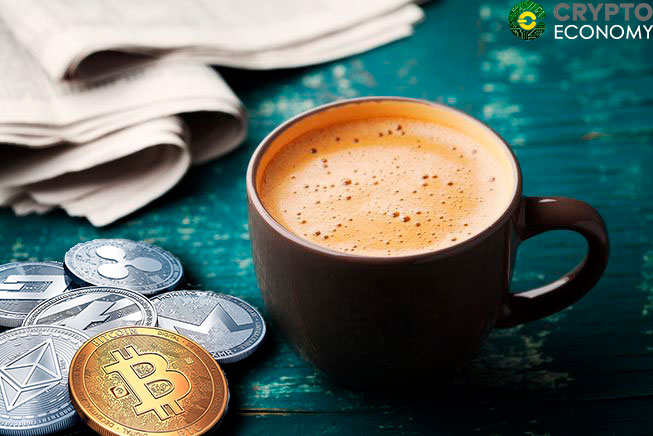Throughout cryptocurrency’s history, the debate about its usefulness has raged on and on. Even as the market has exploded, showering us with all kinds of ICOs and blockchain projects with a wide range of uses, this argument has never died down.
What can we actually do with our cryptocurrency? Right now, it seems like a lot of the market is built around speculation — buying and selling coins online to make huge potential profits overnight.
Other areas of the industry include ICO fundraising and blockchain-based platforms that use tokens internally.
But what about actually using cryptocurrency as a currency, to pay for goods and services in real life situations? It’s slowly becoming more widely adopted for this, with a range of providers online (and a handful offline) accepting crypto as a means of payment.
It’s still far from mainstream, though. Try walking into your local coffee shop and buying a Cappuccino with any cryptocurrency. Chances are, you’ll be asked to switch to a new payment method or make a swift exit.
That’s because, despite its meteoric rise and increasingly positive public image, cryptocurrency is still some way off being accepted by mainstream high street businesses.
Not only is that frustrating for those of us who want to see crypto gain real currency status, but it’s also holding the industry back. If cryptocurrencies can be used more widely in offline stores, it’ll be an enormous boost for them.
So why can’t we do it yet, and what needs to change?
What’s holding it back?
In order to get to a place where crypto is accepted on a wide scale by high street vendors, we first need to convince those vendors of its benefits.
Right now, they often aren’t too keen, because the perceived drawbacks outweigh the potential benefits in many cases.
In fact, there are two major downsides to accepting cryptocurrency payments, and together these act to discourage high street businesses from making the shift. But what are they?
The first problem with crypto payments relates to transaction times. These can be off the chart in some cases — at especially busy times crypto transactions can take more than an hour to process.
This is a big issue, since crypto payments need to be more or less instant if they’re to compete with payment methods like credit cards and even good old cash. Nobody wants to wait for their payment to process, coffee in hand as the minutes crawl by.
The second big barrier to mainstream crypto adoption relates to volatility. Crypto is an extremely volatile market, with coins undergoing massive changes in value in short spaces of time.
That’s what’s made it so popular among speculators, but it’s a drawback for businesses who want steady and reliable revenue. If a business accepts a certain amount of crypto as payment, that same amount could be worth much less when they exchange it — not good.
We have to address these two issues if crypto payments are to become a reality in the everyday, offline world. But how?
Bringing crypto to the high street
One blockchain startup, T.OS, has come up with a novel approach to solving the problems of speed and volatility that plague crypto transactions. They want to make cryptocurrency payments much more attractive to high street, offline vendors and incentivize wider use of the technology.
To do this, they’ve built a system which uses two different crypto tokens. Their first token is called TOSC and can be purchased in online exchanges like other coins. It’s designed to complete transactions quickly, avoiding long waiting times.
But TOSC is built on a public blockchain, and like most other cryptocurrencies it’s susceptible to big, sudden changes in value. To solve the volatility problem, users can trade their TOSC for another coin — TOSP — at designated exchanges (right now, there’s only one in Singapore).
TOSP is built on a private blockchain and has a fixed value, pegged to a local fiat currency. So, 1 TOSP in Miami is worth 1 USD, while in Kyoto it’s worth 1 JPY. This way, merchants can accept crypto payments without worrying about it losing massive amounts of value before they exchange it.
Another blockchain startup, named Zeex is building a decentralized crypto shopping protocol where users can purchase discounted gift cards and vouchers using their cryptocurrencies and then use it to buy in the real world.
The startup already established long relationships with brands such as Starbucks, H&M, Adidas and many more through its centralized entity, Zeek.
Projects like this are important for the growth of crypto as a whole. If we can successfully push for wider mainstream adoption, we can give the entire industry a boost. This way, it’ll finally become possible for anyone to walk into their local coffee shop and buy their favorite beverage with cryptocurrency.





